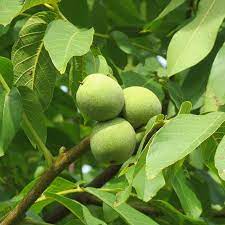Below we have a few of the trees that are available on the website. These are our suggested adds for the month of October! The olive and some of the figs are especially drought resistant for those of you in the upper United States where there is not much rain right now. We include some basic directions and we have planting instructions on the link.







These are trees that will be a great addition to the property, will not take up too much room, and you will be glad you bought! I have said before, trees add to the soil and the air. They literally make your property more valuable. The more you plant the better things get with certain plants/trees. Some of these you may have to bring in over the winter like the lemon tree. Better yet! Who doesn’t want a house that smells like lemons! This just gets better and better! I will put the sub types available in the catalogue so you can decide which are the right trees and plants for you! Hint the fig gets big and so does the sweet gum so with those two less is more.
persimmon
Persimmon trees are native to the southeastern United States. They produce round, orange fruit, around 1-2” in diameter, with a honey-like flavor. This variety also has distinct, blocky, dark grey bark, adding a touch of visual interest to your landscape.
- Bears fruit in 4 to 9 years
- Attracts small animals, birds, white-tailed deer, foxes, and black bears
- Produces white to greenish-yellow blooms in the spring
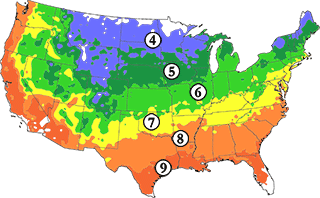
Your Tree’s Personality
Shape
Oval
Scientific Name
Diospyros virginiana
Growth Speed
Slow-Moderate
Shipping Height
2’– 4′
Mature Height
35’– 60′
Mature Spread
20’– 35′
Sun Preference
Full Sun, Partial Sun/Shade
Soil Preference
Moist, Sandy, Well Drained
sweet gum
The American sweetgum — with its star-shaped leaves, neatly compact crown, interesting fruit, and twigs with unique corky growths called wings — is an attractive shade tree. It has become a prized specimen in parks, campuses, and large yards across the country.
- Features glossy green star-shaped leaves throughout the summer
- Produces beautiful shades of yellow, orange, red, and purple in the autumn
- Keeps its fall leaves late into the season
- Is native to North America
- Will be delivered at a height of 3′-4′
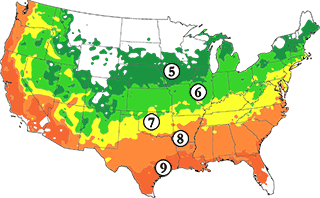
Your Tree’s Personality
Shape
Oval
Growth Speed
Medium to Fast
Scientific Name
Liquidambar styraciflua
Mature Height
60′ – 75′
Mature Spread
40′ – 50′
Shipping Height
3′ – 4′
Sun Preference
Full Sun
Soil Preference
Acidic, Clay, Drought, Loamy, Moist, Sandy, Well Drained, Wet
Wildlife Value
American sweetgum seeds are eaten by eastern goldfinches, purple finches, sparrows, mourning doves, northern bobwhites and wild turkeys. Small mammals such as chipmunks, red squirrels and gray squirrels also enjoy the fruits and seeds.
History/Lore
The Sweetgum tree is native to the southeastern United States and a member of a genus made up of only six species. The others are found only in Asia. The first historical reference to the tree comes from the author and soldier, Don Bernal Diaz del Castillo, who accompanied Cortez in 1519 and was a witness to ceremonies between Cortez and Montezuma, who both partook of a liquid amber extracted from a sweetgum tree. The tree itself was first noticed and recorded by the historian Alvar Nunez Cabeza de Vaca in 1542. Once commercially popular for soaps, adhesives and pharmaceuticals, today its wood is valuable for fine furniture and interior finishing.
olive
Delicious Olives for Snacking and Cooking
Why Koroneiki Olive Trees?
Renowned for producing large crops of fruit, the Koroneiki Greek Olive Tree is like having a piece of the Greek Isles, right in your backyard or on your patio. And when it’s container-grown, it will remain compact, measuring 15 to 20 feet at full maturity.
But what truly sets the Greek Olive apart? The tree itself produces small, aromatic, cream-colored flowers amid shiny evergreen leaves, along with full-flavored olives that arehealthful as well as delicious. But its best feature is its ability to thrive without much effort, so no green thumb is no problem.
Why Fast-Growing-Trees.com is Better
Our Greek Olive enjoys warm and humid environments and tolerates drought well.Simply bring it indoors during cold weather and place it by a sunny window – that’s all it needs to truly thrive. Best of all, because we’ve greenhouse-grown and grafted your tree with care, hand-picking this variety to best serve your landscape, your Koroneiki Olive Tree will be second to none.
| Mature Height: | 15-20 ft. |
| Mature Width: | 8-12 ft. |
| Sunlight: | Full-Partial |
| Growth Rate: | Moderate |
| Harvest Time: | Autumn |
| Year to Bear: | Can Fruit the 1st Year! |
| Botanical Name: | Olea Europea |
| Does Not Ship To: | AZ |
| Grows Well In Zones: | 4-11 patio / 8-11 outdoors |
| Your Growing Zone: | 8 |

Growing Zones: 4-11 patio / 8-11 outdoors
(hardy down to 20℉)
fig tree
Beer’s Black figs are prized for their sweet, rich flavor. This variety produces two crops — one in the spring, and another in the fall. Its dwarf size also makes it great for smaller spaces.
- Yields sweet figs with dark purple skin and red centers
- Bears fruit after two to three years
- Ripens in the fall
- Is self-pollinating
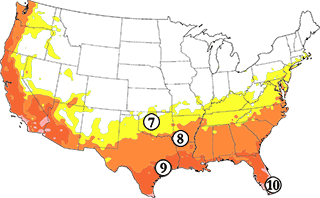
Your Tree’s Personality
Scientific Name
Ficus carica ‘Beer’s Black’
Shipping Height
8″ – 12″
Mature Height
2′ – 3’
Mature Spread
2′ – 3’
Growth Speed
Medium
Shape
Rounded
Sun Preference
Full Sun
Soil Preference
Well Drained
Olympian figs are large, sweet, and extremely resistant to cold temperatures. The fruit ripens in July and is self-pollinating. For best results, plant this variety in full sun and well-drained, loamy soil.
- Ripens in July
- Bears fruit in two to three years
- Is self-pollinating
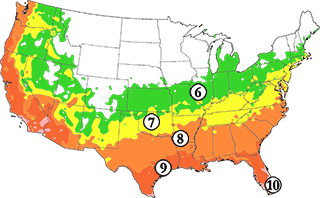
Your Tree’s Personality
Scientific Name
Ficus carica ‘Olympian’
Shipping Height
2′ – 3’
Mature Height
8′ – 12’
Mature Spread
8′ – 10’
Growth Speed
Medium
Shape
Rounded
Sun Preference
Full Sun
Soil Preference
Well Drained, Loamy
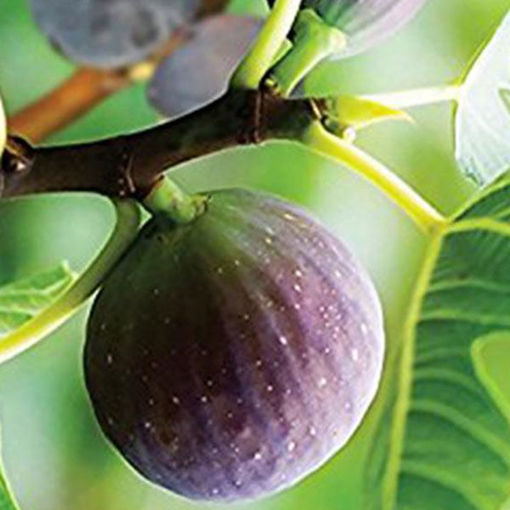
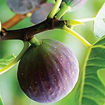
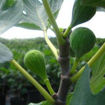
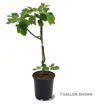
Brown Turkey Fig
0.0 star rating 0 Reviews

Hardiness Zones: 7 – 9
Average shipping height: 1’6″-2′
Select an option for shipping dates
Not a member? Join during checkout to receive member pricing.
This handsome fig tree can be grown as a single-trunk tree or multi-branched shrub. It produces two crops of sweet, delicious fig each year — great for jams, canning, drying, and eating fresh right off the tree. Outside of its hardiness zone, it can be grown as a potted tree with proper care.
- Produces 2 crops of figs (early summer and late summer)
- Yields medium-sized, sweet, brownish-purple figs with an amber-colored, fine-grained flesh
- Features large, tropical, glossy green foliage
- Is self-pollinating
- Bare root will be delivered at a height of 2′
- 1-gallon container will be delivered at a height of 1’– 1 1/2′
- 5-gallon container will be delivered at a height of 2’– 3′

Your Tree’s Personality
Scientific Name
Ficus carica ‘Brown Turkey’
Shipping Height
1’6″-2′
Mature Height
10′-20′
Mature Spread
12′-15′
Growth Speed
Medium
Shape
Rounded
Sun Preference
Full Sun
Soil Preference
Loamy, Rich, Sandy
This fig tree is known for being cold hardy and resistant to both pests and diseases. It produces large crops of sweet, juicy figs each July. Growing just 5-10 feet tall and wide, it’s also great for smaller spaces.
- Yields large crops of figs each July
- Cold hardy down to 10 degrees
- Resistant to diseases and pests
- Bare root will be delivered at a height of 2′
- 5-gallon container will be delivered at a height of 2′- 3′
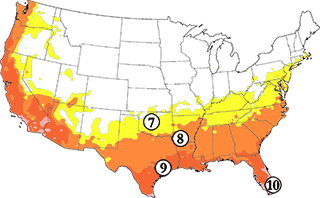
Your Tree’s Personality
Scientific Name
Ficus carica ‘Celeste’
Shipping Height
2′ – 3’
Mature Height
5′- 10′
Mature Spread
5′- 10′
Growth Speed
Fast
Shape
Rounded
Sun Preference
Full Sun
Soil Preference
Loamy, Drought, Moist, Acidic, Well Drained, Clay
So just to be clear there are four types of fig we listed that are available here on the website; they Celeste, the Brown fig, the Olympian, and the Beer’s Black.
